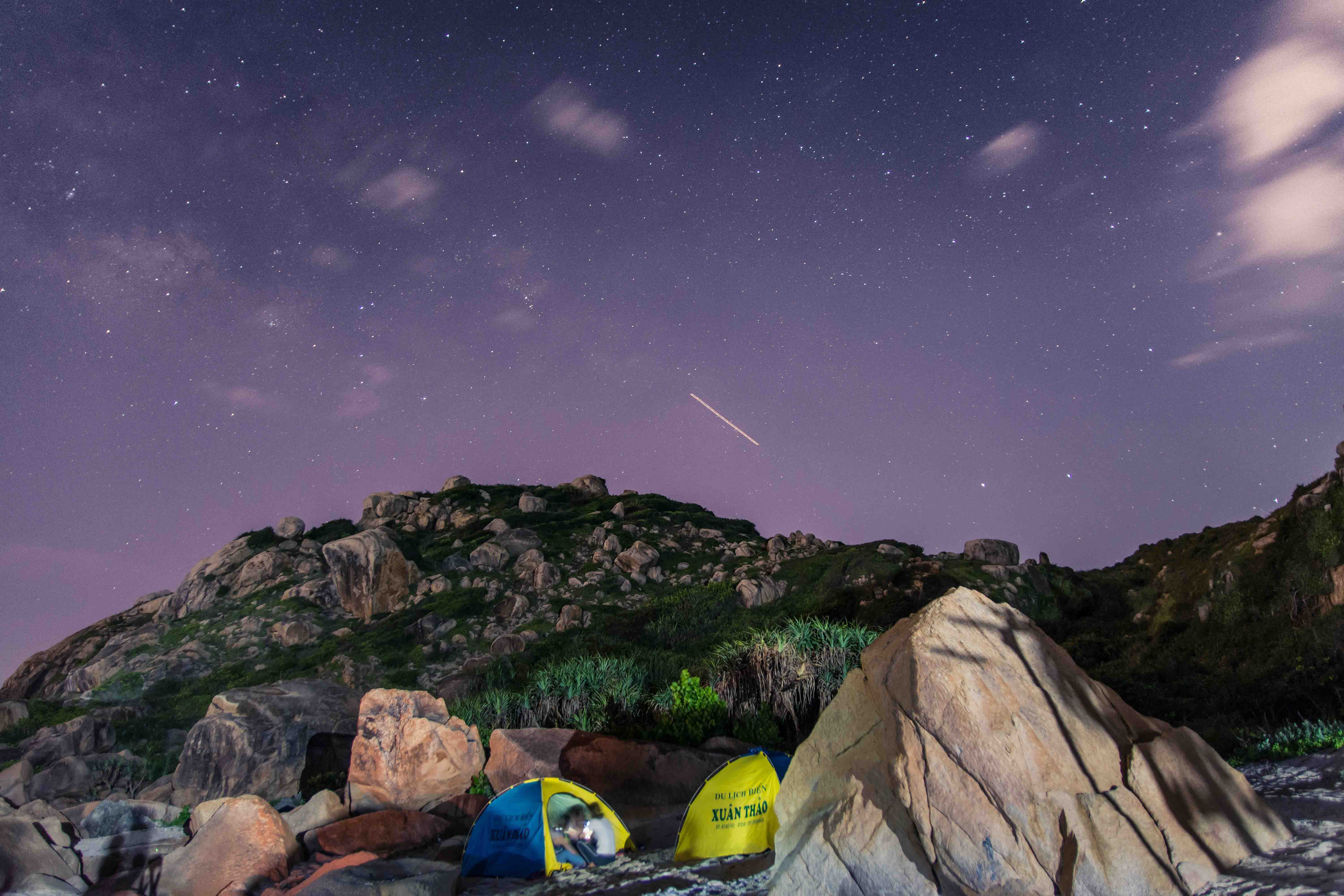How to choose the perfect camping spot

Choosing the right campsite is not as easy as you think and if you aren’t prepared, you can end up camping in a wrong spot and turn your trip into a nightmare. There are few things that you need to know before going camping, especially if you’re new to camping. It’s not like choosing a campsite is rocket science, but it does require some nature knowledge and survival skills.
Here are some useful tips on how to guide yourself when choosing the perfect camping spot.
Choose a campsite that will have a minimal impact on the environment

Whenever setting up a tent, choose an area that’s not fragile and doesn’t need any interventions. Choose a durable surface like a rock, bare ground, sand, or gravel where there are no plants and flowers that you will destroy. If possible, camp at already established campsites, and at least 200 feet away from water. Remember that good camping spots are found, not made! If you make a fire, make sure it has a low impact on the surroundings.
Look for a well-drained terrain
A perfect campsite is the one that has a slight rise and provides drainage of water in case it rains. You want a campsite that has some elevation and not in a depression. Avoid flatlands and again, stay away from water bodies.
Choose a camping spot that will let you relax
You need to choose a spot that will allow you to relax and somewhere you will enjoy waking up in the morning. For some people, a waterfall view is the best while others like to be surrounded by trees and stare at the greenery every morning. If you want to enjoy your solitude, choose a camping spot away from hiking trails and other campers. Avoid areas that have mosquitoes and other insects that can disturb you while you sleep. Avoid tall, grassy meadows because chiggers, ticks, ants, and other bugs live there.
Make sure you choose a safe campsite
When choosing a safe camping spot there are quite a few things that you should consider. If the terrain is rocky, then beware of snake-infested ledges. Also, avoid areas that have avalanche and rock slide history. Never camp at the bottom of cliffs with loose or falling rocks. If you do decide to camp on a riverside, make sure that river is not prone to floods and set your camp at least 200 feet away from the water. Waking up in a flooded tent in the middle of the night is not fun at all.

Avoid areas that have a lot of poison ivy or oak, especially if you’re camping with kids or pets. If you go in a windy area, try to find a natural wind protector such as large boulder, rock outcropping, or dense stands of trees that will protect your tent from being blown away. Avoid lonely and very tall trees as they are a common subject of lightning.
In the end, what matters most when choosing the perfect campsite for you and your loved ones is connecting to nature and breathing fresh air. Getting out of your comfort zone and spending a few nights under the stars can never do you harm, on the contrary, you will return to your everyday life with renewed energy and have a clear mind. Camping is amazing and everybody should practice it from time to time. Nothing can provide you with such a peace and serenity like a night around a campfire can. Make sure you follow these tips when you head to the wilderness. Stay safe and good luck!
If you have any comments then please drop us a message on our Outdoor Revival Facebook page
If you have a good story to tell or blog let us know about it on our FB page, we’re also happy for article or review submissions, we’d love to hear from you.
We live in a beautiful world, get out there and enjoy it. Outdoor Revival – Reconnecting us all with the Outdoors.
